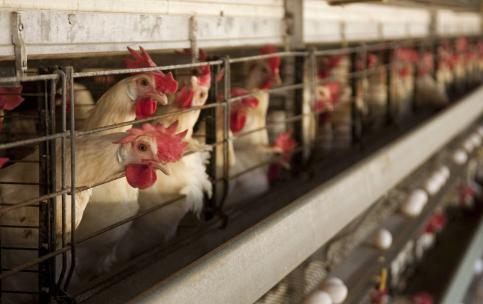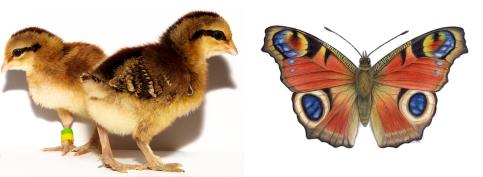Background and aims

Recently increased concern for poor animal welfare raised interest in estimating the affective state of animals. Research has been using a judgement bias test for detecting positive or negative affective states in animals. A judgement bias test is based on the subject interpreting an ambiguous cue in a more positive way if they are in a more positive state and in a more negative way if they are in a more negative state. This test was initially administered to humans, and only later successfully applied to animals for detecting their affective states. However, animals need to be trained to discriminate two different cues before prior to testing with ambiguous cues.
Discriminative training is time consuming for researchers and stressful and frustrating for animals, therefore a new affective state test is needed.
More recently developed methods for detecting affective states of animals are based on the interpretation of innate responses to naturally aversive, or appetitive stimuli. Reactions to such stimuli are unlearned, meaning that training to establish an association between a cue and a specific outcome is not needed prior to testing.

Eyespot patterns are naturally aversive to various bird species, and they are used by insects as antipredator strategy, as predator birds show innate responses of avoidance towards them. Birds showing weaker reactions to eyespot cues could be in a better state than those showing stronger reactions.

To validate a simpler alternative to the judgement bias test, red junglefowl chicks’ responses to ambiguous cues from the judgement bias test were compared to responses to eyespot patterns used as cues in a here designed “eyespot test”. As chickens have been previously used for studying eyespot patterns, I predicted that responses of fowl to eyespots would correlate with their responses to ambiguous cues from the judgement bias test. In particular, I predicted that responses to full eyespot cues and ambiguous eyespot cues would correlate with responses to ambiguous cues from the judgement bias test, with the ambiguous eyespot cues showing weaker, but still significant correlations with ambiguous cues from the judgement bias test. As a result, the eyespot test could be used as a simpler alternative to the classical judgement bias test to detect affective states.
Responsible for this page:
Director of undergraduate studies Biology
Last updated:
05/15/21
